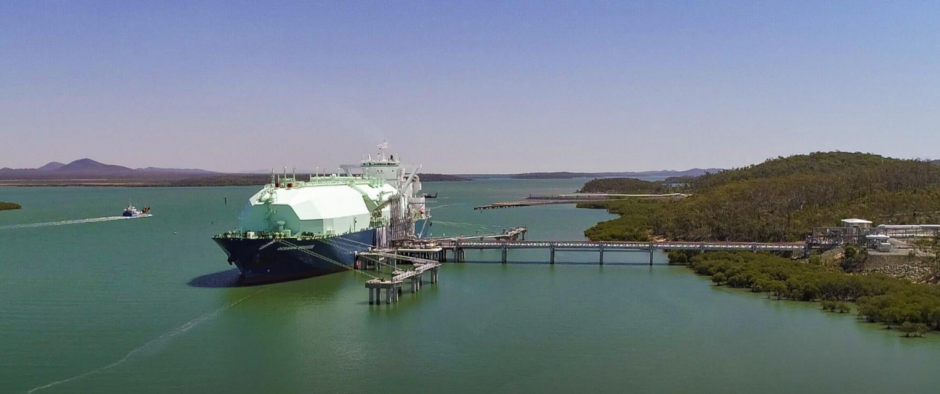
Shell has stuck to its growth expectations for LNG continuing to predict an emerging shortfall of supply from around 2025.
In the Anglo-Dutch super-major’s annual LNG update it noted weak prices in 2019, linked with record supply growth and coinciding with a record amount of final investment decisions (FIDs) for 71 million tonnes per year of new capacity.
The company maintains, though, that the uplift from a growing population and living standards, coupled with a desire for lower emissions, will drive gas demand. This will increase by more than 1 trillion cubic metres per year by 2040, with growth of around 2% per year, with 40% of the increase to be delivered by LNG.
Global demand grew by 12.5% for LNG in 2019, to 359mn tonnes. This should roughly double to around 700mn tonnes by 2040, Shell predicted.
“While we see weak market conditions today due to record new supply coming in, two successive mild winters and the Coronavirus situation, we expect equilibrium to return, driven by a combination of continued demand growth and reduction in new supply coming on-stream until the mid-2020s,” said Shell’s head of integrated gas Maarten Wetselaar.
Asian needs will capture 74% of LNG import growth, with Europe, the Americas and the Middle East and Africa rising by 9%, 8% and 9% respectively. In Asia, China will account for 23% of the LNG growth, South Asia 28% and Japan, Korea and Taiwan only 1%. The rest of Asia will account for 48%.
China was placed third in LNG import increases in 2019, with demand rising by just under 8mn tpy. France was just ahead of it, with the UK taking the top spot in delivered ex-ship (DES) counts. China imported 61.5mn tonnes in 2019 and is expected to reach 127mn tonnes in 2040. While Shell’s outlook broadly predicted increased demand, Japan bucked the trend with a forecast of falling from 77mn tonnes in 2019 to 63mn tonnes in 2040.
Europe was pulling its weight in terms of LNG imports in 2019, up by 74%. This was linked to declining domestic production and falls in pipeline volumes from Algeria and Russia. US supplies to Europe surged in 2019, linked to its chilly trade relations with China. As the first phase of US-China trade talks have ended successfully, and with energy playing a major part, this should change.
The nature of how LNG is traded is shifting. Spot LNG deliveries accounted for around 30% of deliveries in 2019, while futures trading is growing strongly. LNG contract pricing is also evolving, with various options for indexation under consideration, although oil-linked remains the single largest contributor.
Recommended for you

